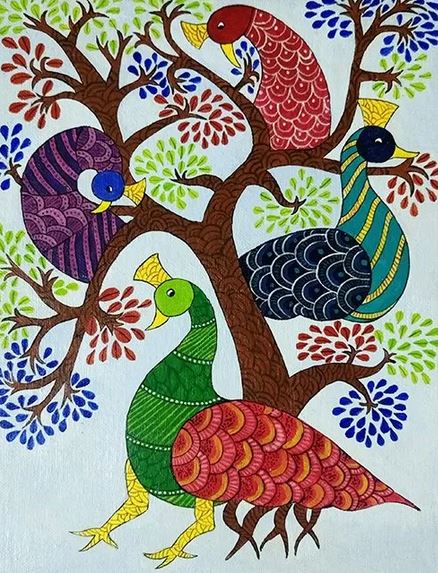From UPSC perspective, the following things are important :
Prelims level: Magnetoresistance
Mains level: NA

Researchers in the UK, led by Nobel laureate Andre Geim, have discovered magnetoresistance in graphene – a single-atom-thick layer of carbon atoms bonded in a honeycomb pattern – that further distinguishes this ‘wonder’ material.
Graphene’s anomalous Giant Magnetoresistance (GMR)
- Graphene displayed an anomalous giant magnetoresistance (GMR) at room temperature.
- GMR is the result of the electrical resistance of a conductor being affected by magnetic fields in adjacent materials.
- It is used in hard disk drives and magnetoresistive RAM in computers, biosensors, automotive sensors, micro-electromechanical systems, and medical imagers.
What is GMR?
- GMR is a phenomenon where the electrical resistance of a conductor is affected by magnetic fields in adjacent materials.
- Say a conductor is sandwiched between two ferromagnetic materials (commonly, metals attracted to magnets, like iron).
- When the materials are magnetised in the same direction, the electrical resistance in the conductor is low.
- When the directions are opposite each other, the resistance increases.
Significance of the finding
- The magnetoresistance observed in the graphene-based device was almost 100 times higher than that observed in other known semimetals in this magnetic field range.
- In the study, the magnetoresistance in monolayer graphene at 27º C held between two layers of boron nitride increased by 110% under a field of 0.1 tesla.
- To compare, the magnetoresistance in these conditions increases by less than 1% in normal metals.
- The team attributed this to the presence of a ‘neutral’ plasma and the electrons’ mobility.
Try this MCQ
Which of the following best describes magnetoresistance?
(a) The magnetic resistance of a conductor to electrical current flow
(b) The phenomenon where the electrical resistance of a conductor is affected by magnetic fields in adjacent materials
(c) The ability of a conductor to produce a magnetic field when an electrical current is passed through it
(d) The resistance of a magnet to demagnetization by an external magnetic field
Post your answers here.
Get an IAS/IPS ranker as your 1: 1 personal mentor for UPSC 2024


















